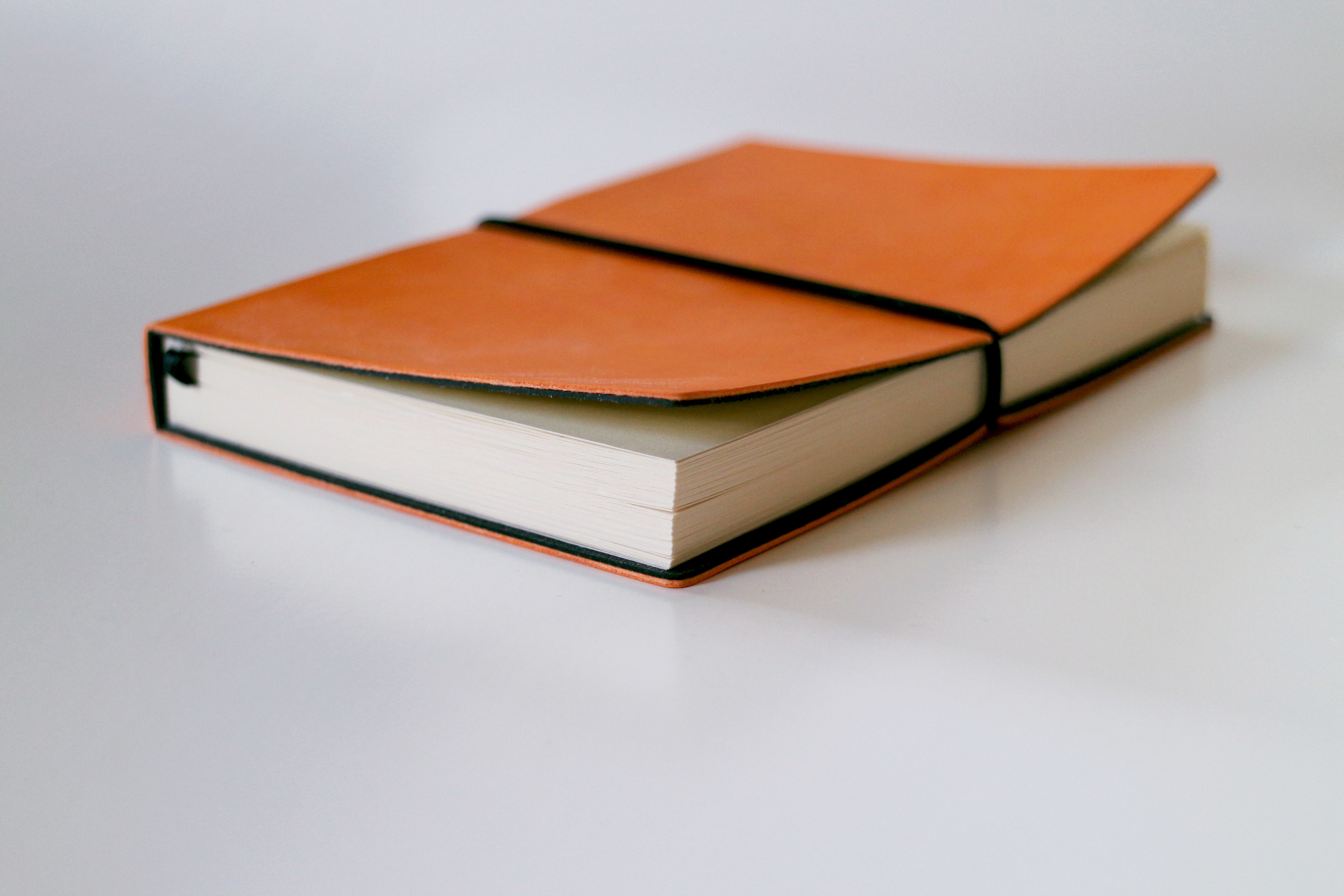December 2023 appears to have been an exceptionally busy and fruitful month in the China patent space. Following the State Council’s approval of the long-awaited Patent Law Implementation Regulations (“Regulations”, similar to the CFR in the US) in November, the CNIPA finally made public the full text of the Regulations just before the arrival of the New Year. At the same time, the CNIPA also released the new Patent Examination Guidelines (“Guidelines”, equivalent to the MPEP in the US), along with specific implementation dates and transitional methods. We will, over the coming period, undertake a detailed analysis and commentary on these amendments and their consequential impacts. Today’s article will focus on the delayed examination.
Delayed Patent Examination
Under normal Chinese prosecution procedures, applicants must request substantive examination by a three-year deadline in order to begin the substantive examination process.
In 2019, CNIPA amended the Patent Examination Guidelines to formally introduce the Delayed Examination procedure. The procedure allows applicants to file requests for delayed examination for invention and design patent applications. The Guidelines also provide that, if necessary, the Patent Office may initiate examination on its own and notify the applicant that the period of “delayed examination” is terminated.
Summary of the Changes
The latest amended Regulations and Guidelines in 2023 have made some updates to the delayed patent examination procedure, which are summarized below. The main changes include the possibility of withdrawing the delay request, the addition of a 1-year delayed examination option for Utility Model patents, and counting the delayed examination period for Design patents by months instead of by years.
| Before the 2023 change | After the 2023 change | |
| Invention patent | Can request a delay of 1, 2, or 3 years (at the time of filing the request for substantive examination) | No change |
| Utility Model patent | No | Can request a delay of 1 year (at the time of filing) |
| Design patent | Can request a delay of 1, 2, or 3 years (at the time of filing) | Can request a delay of up to 36 months, counting by months (at the time of filing) |
| Can it be withdrawn? | No | Yes, and then will be examined in normal order |
| Is patent compensation (PTA) available? | Not Applicable | No |
Using Delayed Examination in Patent Strategy
Having more flexibility over when to start examination has many potential strategic advantages.
For example, applicants can take a “wait and see” approach, delaying examination in China to see (and possibly use) examination results from corresponding applications in other jurisdictions. Using delayed examination in conjunction with other tools (e.g., PPH), could reduce overall patent prosecution costs in a large portfolio.
Applicants can also make use of delayed examination to postpone the timing of certain public disclosures to better align with business objectives. This could be especially useful in the cases of Utility models and design patents, which typically grant (and therefore publish) quite quickly.
There are other benefits to delayed examination. For instance, an inventor may need extra time to generate more experimental data to submit to the patent office to demonstrate surprising technical effect. Similarly, a business may need more time to determine which claims in the patent application are most important to the company.
Finally, keeping a parent application pending by delaying examination offers various strategic advantages, such as preserving the ability to file voluntary divisional applications, deterring competitors, and more precisely aligning overall patent strategy with product development timelines.
In the latest commentary on China’s Ministry of Justice website, Professor Cui Guobin summarizes it well. “This revision strengthens the advantages of delayed examination, allowing applicants to draft appropriate claims based on the latest technological progress, market competition conditions, or changes in the international standards, thereby making patent protection more targeted. They can also take advantage of the latest patent examination policies, such as supplementary experimental data, storage media in the computer field, protection of software products, etc.”[1]
Limitations of Delayed Examination
However, there are limitations of the delayed examination system. It’s important to note that delayed examination merely postpones the examination process and does not provide additional time for applicants to amend their applications (i.e., the voluntary amendment window stays the same). Additionally, it offers no assurance of a specific timeline for receiving examination results after the delay. Importantly, the actual duration of the delay becomes an “applicant-induced unreasonable delay.” As a consequence, this period is counted against the applicant when calculating patent term compensation (“PTA”), a topic we will delve into in a separate article.
Conclusion
Overall, delayed examination is a helpful tool that patent practitioners can use to map out creative patent strategies. Combined with other tools such as the Patent Prosecution Highway (PPH), priority examination, divisional applications, voluntary amendments, and more, applicants have access to many interesting options and pathways to meet their overall IP and business goals. The recent changes broaden the availability of these tools and also adds flexibility to the system overall.
If you would like to have more information on this matter or would like to have our advice, please feel free to contact us at eip@eipgroup.asia.
This article is for general informational purposes only and should not be considered legal advice or a legal opinion on a specific set of facts.
-
Cui, Guobin, Intellectual Property Law Research Center, Tsinghua University Law School, “Commentary on the latest revisions to the Implementing Rules of the Patent Law”, Official Website of the Ministry of Justice, People’s Republic of China. December 21, 2023 https://www.moj.gov.cn/pub/sfbgw/zcjd/202312/t20231221_492072.html ↑
About the Authors

Yolanda Wang is a Principal, Chinese Patent Attorney, and Chinese Patent Litigator at Eagle IP, a Boutique Patent Firm with offices in Hong Kong, Shenzhen, and Macau.

Jennifer Che, J.D. is Managing Director and a US Patent Attorney at Eagle IP, a Boutique Patent Firm with offices in Hong Kong, Shenzhen, and Macau.





